Xi’s designs on Taiwan will outlast American resolve
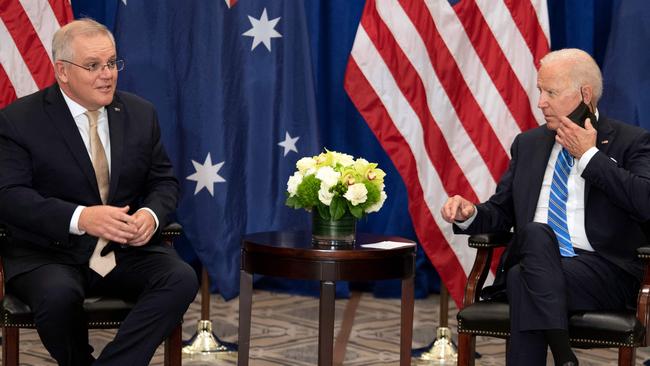
There’s no mistaking Xi Jinping’s irritation about the West’s attempts to construct a kind of Asian cordon sanitaire around China. The Quad club of the US, Japan, India and Australia holds its first in-person summit in Washington later this week and the Chinese president already sees it as a pushback against his plans to build global influence.
The fact that Australia, Britain and America (AUKUS) have struck a nuclear-powered submarine deal to help police the Indo-Pacific region suggests to Beijing that the Quad is now being augmented to become part of an armed containment policy. Xi’s puppet press describe it as neo-imperialism, a new Cold War, a dangerous provocation.
The Quad’s full name is Quadrilateral Security Dialogue and it is still a talking shop. The combined GDP of the four is, however, $34 trillion. So it is worth listening to. This week the leaders will work out how to make supply chains more secure. That’s central to the mission of reducing overdependence on China, with all the political costs that entails. Japan and America are leading manufacturers of semi-conductors (as are Taiwan and South Korea), India is wooing chipmakers. Yet China continues to steal technical secrets and uses surveillance tech against its oppressed Uighurs.
The Quad’s statement (judging by a leaked draft) is presented pretty neutrally though, reflecting the risk-averse mentality of most of China’s neighbours. To contain China the Quad needs to keep countries like South Korea and Vietnam in sympathy with its cause but without drawing them directly into the US versus China slugfest over trade. That means watching their language so as not to rile the dragon.
Led by the Americans, who are now ready to identify China as an adversary in national security documents, there is a tougher tone on the military side. If national self-criticism were permitted in Xi-land, there would be a Chinese recognition that its snarling wolf diplomacy has pushed the Quaddites closer together.
On the contested, frozen Himalayan border with India, China has been building barracks, testing mountain tanks and occasionally beating up Indian soldiers with baseball bats. Japan is being constantly reminded by the Chinese navy that Beijing remains in dogged contention for part of the East China Sea. Australia, having demanded a probe into the origins of Covid-19, soon faced a trade war and was handed a 14-point list of demands. It has faced across-the-board attacks in the cyber-domain and infiltration of its universities.
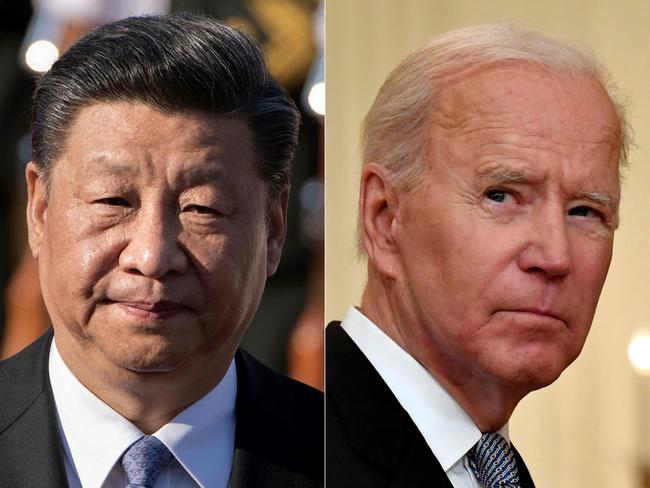
One response has been more joint naval exercises. The US has offered training to Indian and Japanese air crew at its base in Guam. Japan now shares intelligence with Britain and Australia (both members of the Five Eyes club) and India.
For now Xi sees no reason to change course. The first iteration of the Quad fell apart in 2007 because the Australian and Indian governments got cold feet over upsetting Beijing. Xi reckons he can still prise India out of the group and keep it away from AUKUS. Narendra Modi, the Indian prime minister, recently attended a session of the Shanghai Cooperation Organisation which counts not only China but also Russia and Iran as members.
Xi senses that the Quad is brittle, full of small disputes about trade which he will seek to magnify. If it crumbles so, he hopes, will US power in the east. He is counting on two other factors. The first is timing. Scott Morrison promises the initial nuclear submarines will be built in Adelaide shipyards by 2040. That’s optimistic. Either way, Xi has a window of just over a decade to push towards his goal of “reuniting” Taiwan.
The extraordinary pronouncements coming out of Beijing over the past year suggest something is afoot. Xi has been rolling back economic liberalisation, strengthening the centralised power of the state, cutting off outside influences on the young, from karaoke to English lessons, beefing up his fleet to such an extent that its yearly expansion is the equivalent of a major European navy.
One educated guess is that Xi is crafting a nationalist-socialist agenda in time for October 2022, the 20th national Communist Party congress. That’s when he will be either awarded an unprecedented third term in office or have to fight off those rivals who have survived his purges.
Once he has won that mandate he could free the dogs of war. Or at least start to use the armed forces that have been so painstakingly trained. His calculation? That the Quad will probably have fallen apart by then, Australia’s new subs will be unfinished, Biden will have grown tired of it all and Beijing will be central to shielding the planet from climate disaster.
The clue is in a 2012 interview with Barack Obama. Why pivot to Asia and turn away from the Middle East, he was asked. Because, he said, Asia was filled with “striving, ambitious, energetic people . . . young people yearning for self-improvement. They are not thinking about how to kill Americans”. Biden, Obama’s vice-president, paid attention. The withdrawal from Afghanistan, the renewed shift to Asia: Biden is focused on China but as yet unsure whether to confront or co-opt it.
Would such a man, so tired of war, risk all in defence of Taiwan? Xi’s bet is that he won’t and nor will his allies.


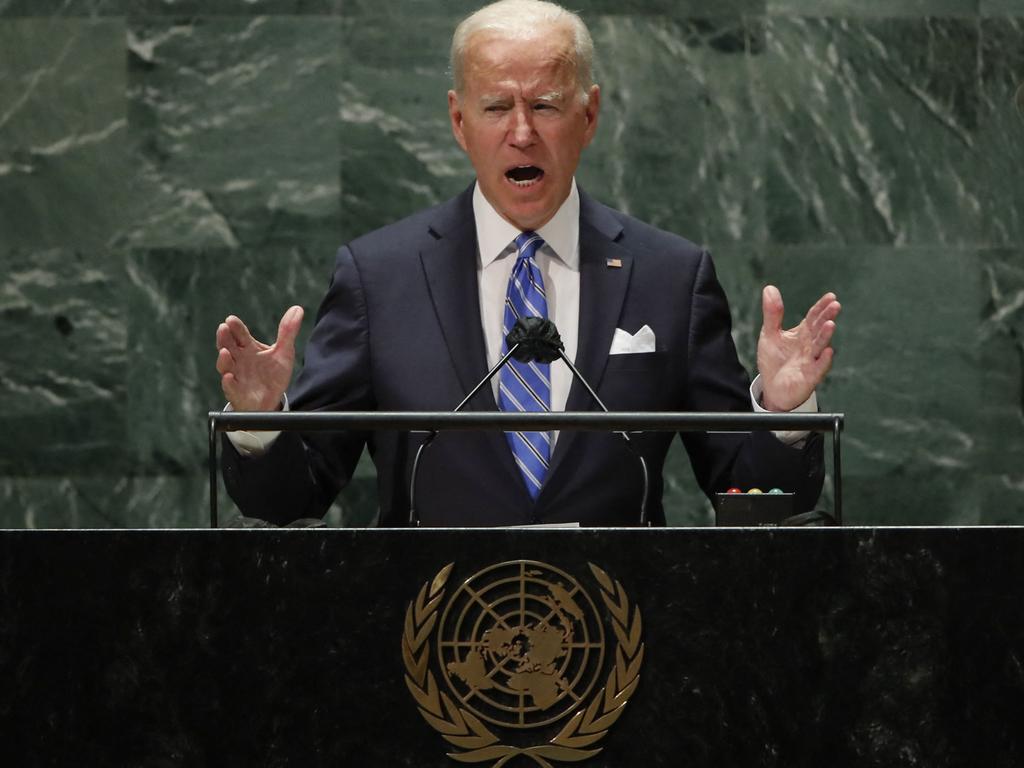
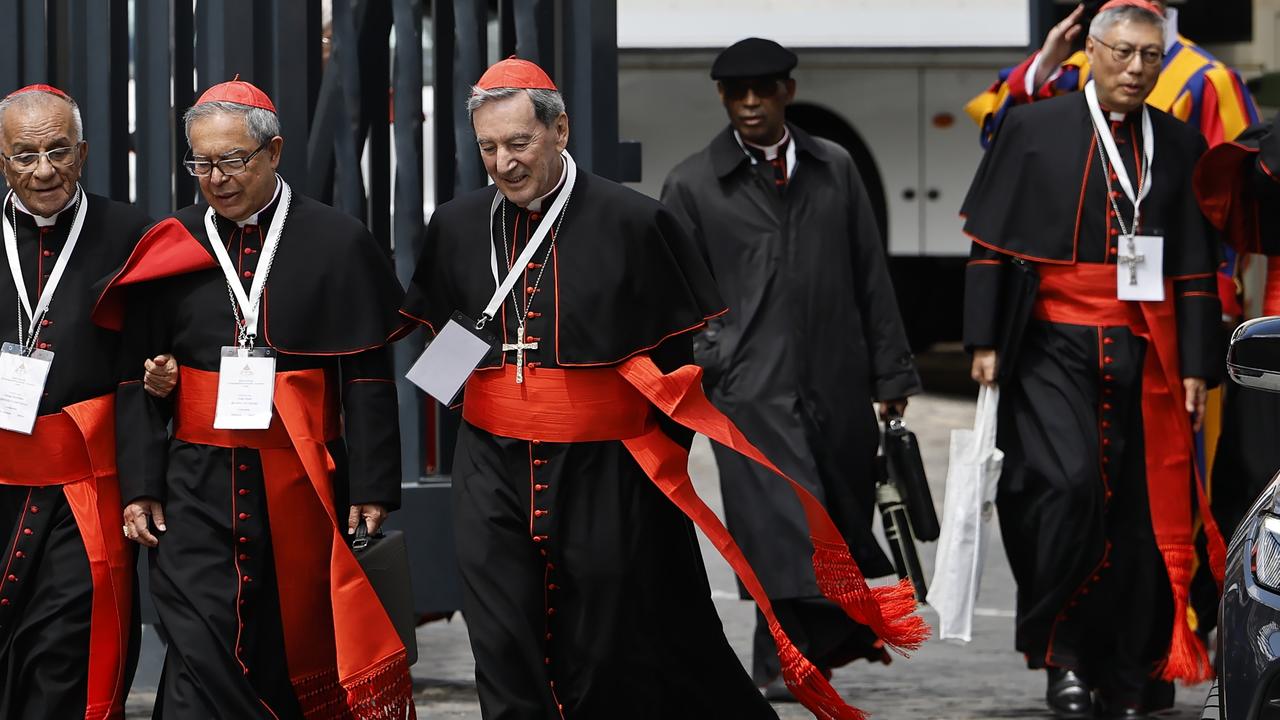
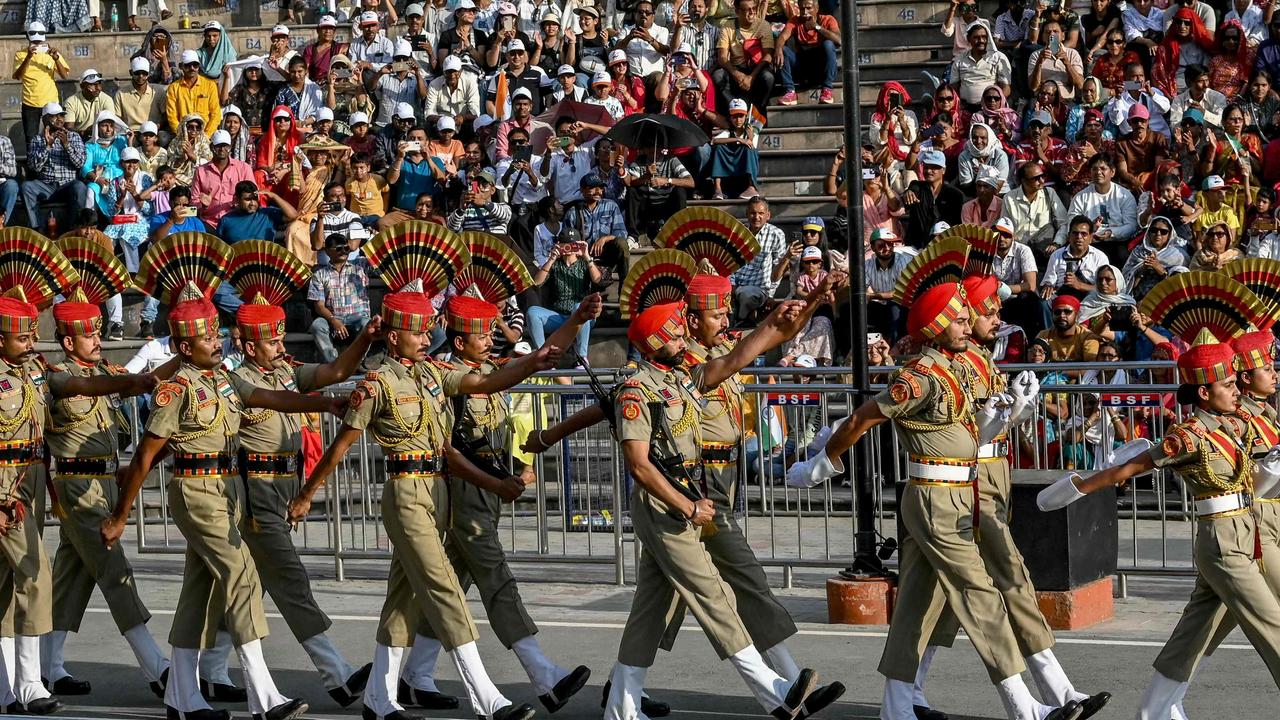
Is the Quad a paper tiger? Or does this club of Xi-sceptics mark a significant shift towards open military conflict in the East? Should we be worried about a drift towards war? The short answers: yes, yes and yes. But not for the reasons that are being dished up by Beijing’s noisy and increasingly cranky propaganda machine.